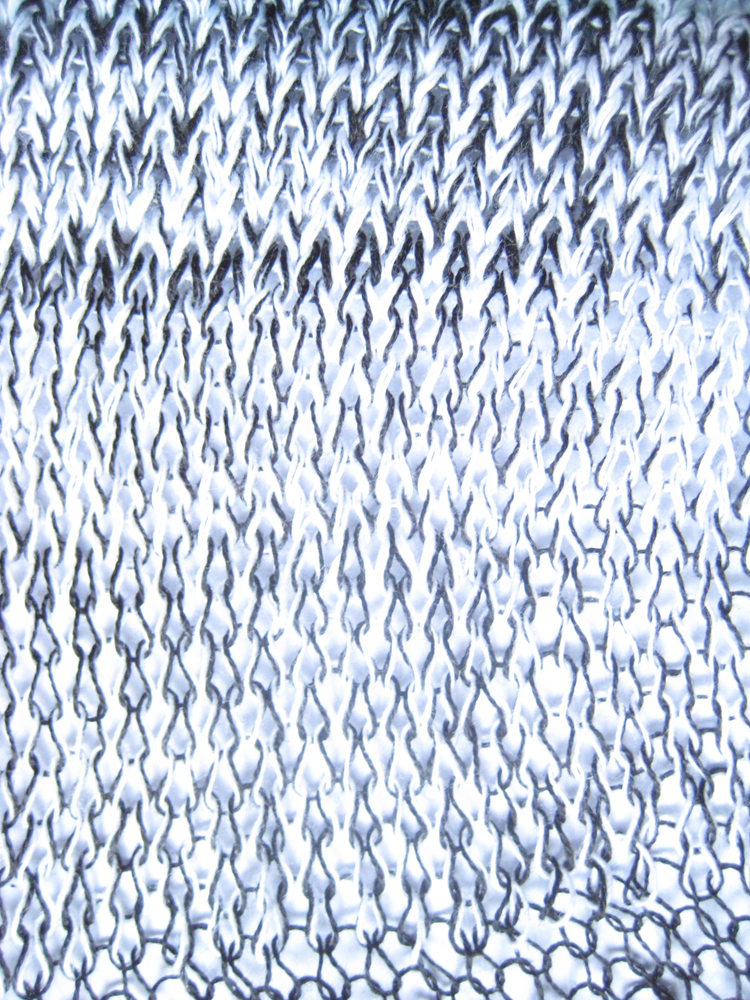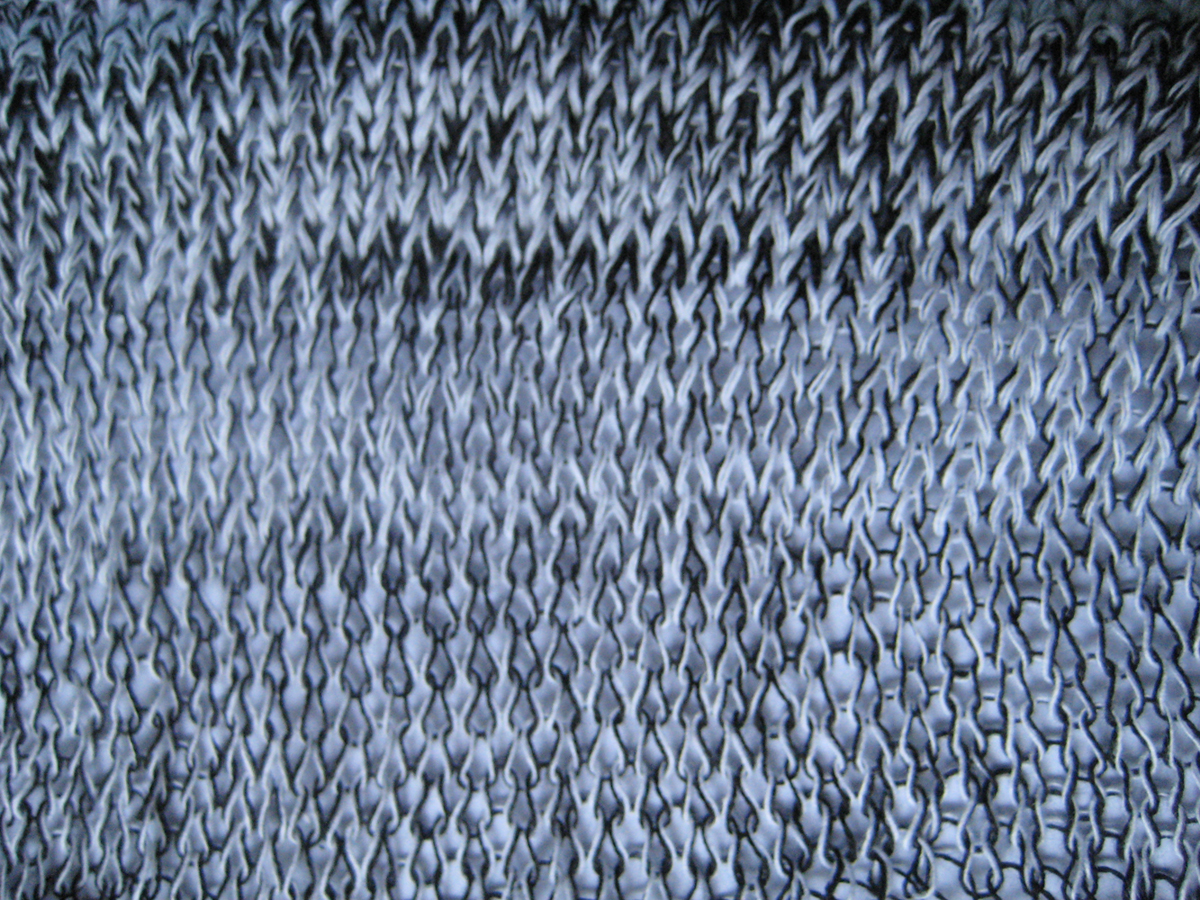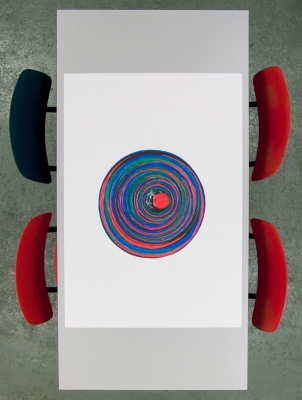Exponential technological progress is altering the circumstances of the human condition. This evolution and apparent progress in its very attempt to liberate from existing constraints, catapulting humankind towards new frontiers of feasibility and seemingly endless possibilities, creates new limitations. The dynamism and increasing complexity of this world becomes more and more difficult for mankind to grasp, since these new possibilities demand the ability to access, overlook and manage heaps of information necessary to understand and make use of those very possibilities. Choice through reflection and contemplation out of this vast pool of information and possibilities has become more and more difficult, if not impossible given time and resource constraints both on an individual as well as a collective level.
Hannah Arendt introduces in her book The Human Condition three levels of activity that allow us to deal with and survive in the world we live as who we are, experiencing a particular social, cultural, and personal context, inherent to being human and not connected to gender, race, class.
These levels of activity  and creation are labour – reproductive activities necessary to survive not leaving anything lasting behind, work – activities, which have a beginning and an end leaving behind an enduring artifact, and action – unpredictable and irreversible deeds and words deriving from contemplation. Arendt places these activities on a scale where action has the highest value and labour the lowest, classified according to the outcome and its perceived contribution to life on an individual and social level.
and creation are labour – reproductive activities necessary to survive not leaving anything lasting behind, work – activities, which have a beginning and an end leaving behind an enduring artifact, and action – unpredictable and irreversible deeds and words deriving from contemplation. Arendt places these activities on a scale where action has the highest value and labour the lowest, classified according to the outcome and its perceived contribution to life on an individual and social level.
The term conditional design as coined by a group of young designers in the Netherlands, describes an alternative, not linear way of design and creation through the simplification of processes by selection of input, translation of action into work, into labor deriving action from labor to speak in Arendt’s words in a larger sense. Conditional design puts the emphasis on the process as the product, fully endorsing the creative potential contained in the making and doing, whilst aiming for a result of any kind. The input feeding the process is selected through the use of logic in order to define rules and constraints to shape the process. The input is derived from the external and hence complex environment: nature, society and its human interactions. Logic is used to outline conditions through and under which the process takes place.
The elements of process – input – logic in the conditional design manifesto are used to redefine the notion of design process and product. The very constraints created are intended to sharpen the perspective on the process and stimulate play within the given limitations opening up new possibilities within the process.
Through these very limitations new creative input is given, since alternative ways around these constraints have to be found or new ways to deal with existing processes are found.
When looking at Arendt’s classification of labor-work-action and the conditional design paradigm process-logic-input, in the past output or product (in design) and action (for Arendt) used to be the main focus. Conditional design theory can be explored as an alternative way of dealing with an increasingly dynamic world by focusing on process rather than end result. Increasing creativity through setting of deliberate limitations or more consciously accepting and incorporating existing ones. When process becomes more important also work and labor can contribute to shape the way we live in this very world. Through the deliberate setting of rules and conditions we can explore new and alternative ways to deal with this what we call and understand as the human condition, where while we might by exploring the how as Animal laborans we might understand the why as Homo Faber.
This is what conditional design can mean on a macro scale, on a micro scale it can be applied to any sort of creative process. Ranging from creation and
design of material  or immaterial artifacts, to execution of daily habits, to working processes in any realm.
or immaterial artifacts, to execution of daily habits, to working processes in any realm.
Translating scientific rules, patterns of nature into fine art projects is another way the logic of conditional design can be used as for example in the work of Stefania Batoeva. This young artists plays with the reversal of the natural conditions as known to us. In her latest set of work Wrong Way Up she reverses the rules of gravity to set a framing condition for her creative process.
I applied the process-logic-input frame to textile design, where I combined existing, rather complex input (the fibonacci series, a mathematical rule related to the golden ratio) with my idea (create a piece of fabric) and the design process (knitting).
Since the fibonacci series states that each number in the series has to be equal to the sum of the earlier two, I applied the same to the textile design where each  new section had to be knitted with the same material used in the earlier two. The most simple Fibonacci series is 0,1,1,2,3,5,8,13,21,… . I used 1 black thread for 0, and 1 white thread for 1, arriving at the equivalent of the number 13 with 5 black threads and 8 white ones.
new section had to be knitted with the same material used in the earlier two. The most simple Fibonacci series is 0,1,1,2,3,5,8,13,21,… . I used 1 black thread for 0, and 1 white thread for 1, arriving at the equivalent of the number 13 with 5 black threads and 8 white ones.
Conditional design in a larger sense is what happens when we deliberately choose to work under constraints, which will make us explore new alternatives to existing ways of dealing and creating. When looking at sustainability and environmental awareness seasonal cooking, going to work by public transport instead of using the car (not applicable in the Netherlands). Altering existing habits or ways of doing things can lead to change and improvement, or at the very least new insight, and potentially the development of viable alternatives.



